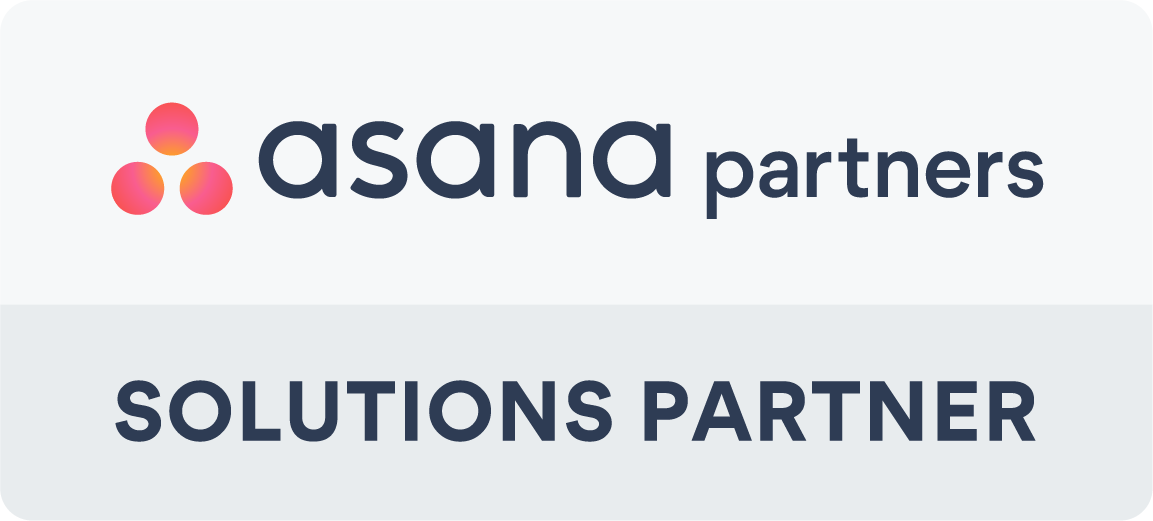Get a FREE personalised SASE assessment from Netskope!
If 2020 taught us anything, technology is changing the way businesses operate like never before. Cloud computing, Artificial Intelligence (AI), task automation, and the Internet of Things (IoT) have started to come into their own and provide considerable value for businesses operating on the pandemic induced remote model.
However, as technology develops, so do the number of threats and risks, organisations must face. Figures show that global cybersecurity threats during 2020 impacted technology innovation by almost $3 trillion.
Unfortunately, a considerable shortage of skilled security personnel, detailed compliance requirements, the daily evolution of cyberattacks, and advanced insider threats continue to be among the most significant challenges to the cybersecurity industry.
With the vast majority of knowledge workers being away from the office, it's little surprise that data breaches grew in quantity and complexity over 2020. Estimates show that the number of data breaches increased by 273% in the first quarter of 2020, compared to the previous figures from 2019. What's even more alarming/impressive is just one hacker has been responsible for the theft of 34 million user records from seventeen companies over the last 12 months.
As companies keep their eyes on the digital horizon and settle into the new normal, here are some of the cybersecurity trends that security teams must know about for 2021:
1) Cloud Threats
It's near impossible for remote employees to manage their work without using cloud applications and SaaS platforms. As the need for online collaboration has increased, enterprises have spent the last 12 months rapidly adopting tools that can allow them to continue business as usual. Though global companies were trudging towards the cloud before the crisis, the pandemic lit the fuse for the cloud bomb with some experts saying the last 12 months has propelled the average digital transformation forward by six years.
IDC projects that the global cloud services market will be worth almost $1 trillion in 2024, at a CAGR of 15.7% during the forecasted period 2020-24.
The rapid adoption of SaaS platforms and the speedy migration to the cloud has led to the introduction of d a plethora of new enterprise security threats and challenges.
Poorly configured cloud storage, reduced visibility and control of apps and devices, incomplete data deletion, cloud phishing attempts and vulnerable cloud-apps, could be the biggest problem for organisations working in the remote model.
2) AI Integration
With a rise in cyberattacks, Artificial Intelligence (AI) could be the key to helping under-resourced security teams can stay one step ahead of the threats.
By analysing big data sets and risk reports from a wide variety of source, AI can provide threat intelligence which can reduce the reaction times of security teams. It means that organisations can make critical security decisions sooner, and there can be a faster response to immediate threats.
Estimates show that artificial intelligence in the cybersecurity market will grow from $8.8 billion in 2019 to $38.2 billion by 2026 at a CAGR of 23.3%.
3) Extended Detection and Response (XDR)
With remote working responsible for rises in data breaches, IT security teams are under pressure to see all enterprise and customer data across email, endpoints, networks, servers, cloud platforms, and mobile apps.
Extended Detection and Response (XDR) will gain momentum as it automatically collects data from multiple endpoints and correlates the results for faster detection of threats and quicker responses to incidents.
For example, security teams can analyse details of a cybersecurity incident found on a server, network, and app to show visibility, scale and context of an incident.
4) Security Process Automation
According to Cybersecurity Ventures, the current lack of security talent will account for 3.5 million unfilled cybersecurity jobs by 2021. It a figure well up from the 1 million positions that were available in 2014.
This shortage of experienced security employees will encourage organisations to rely on security process automation for the short and medium-term. Security automation tools can reduce repetitive security tasks through automation. The tasks, configured, using pre-established rules and procedures can be performed with speed and a significantly reduced margin of error.
5) The continued reliance on Enterprise-level CSOs
Modern Cybersecurity incidents, threats, and vulnerabilities sit well beyond the traditional enterprise IT systems. This increase in threats and risk is now pushing organisations to thoroughly audit and revamp their security portfolios across remote and physical environments.
Sieger attacks on infrastructure systems, increasing OT/OT system vulnerabilities, and GPS spoofing continue to challenge the blended cyber-physical world. Increasingly businesses that relied on the IT security-centric approach have since been incapable of dealing with the impact of security risks on physical safety.
Therefore, organisations that implement cyber-physical systems will look to deploy enterprise-level Chief Security Officers (CSOs) to work across multiple security-focused silos.
A good CSO will understand physical security, IT security, OT security, cloud security, product management security, and supply chain security to a centralised governance model.
BONUS EBOOK: 5 Reasons to Use Cloud Security with Remote Workers
6) Data Privacy as a Discipline
Since the introduction of stricter data laws within the EU, there have been increasing concerns about data management, security and privacy. More stringent compliance requirements have become an increasingly significant and mainstream discipline.
Data privacy impacts almost all aspects of an organisation, from corporate strategy to closely aligning with security, HR, governance, and procurement. No department or team can operate without handling data.
7) Secure Access Service Edge (SASE)
With the newly established remote working culture, cloud adoption, and online collaboration, and the trend for SASE will continue growing.
Network security is finally transforming from LAN-based appliance models to cloud-native security service models, including Secure Access Service Edge (SASE) and next-gen SWG.
SASE technology enables organisations to secure their remote workforce and cloud applications by routing all network traffic through a robust cloud-based security stack.
Gartner predicts that 40% of businesses will adopt explicit strategies for implementing SASE by 2024, from <1% in 2018.
8) Zero-Trust Network Access (ZTNA)
In the past, IT departments have heavily relied on Virtual Private Networks (VPNs) to provide access to the corporate networks for employees considered as part of a remote workforce. However, as the global pandemic has forced almost all office employees to work remotely, the VPNs have proved to be inferior.
Zero-Trust Network Access (ZTNA) has instead emerged as an option for organisations who need to control remote access to specific business apps.
"ZTNA is a technology that provides controlled access to resources, reducing the surface area for attack. The isolation afforded by ZTNA improves connectivity, removing the need to directly expose applications to the internet." – Gartner.
Gartner predicts that organisations will access 80% of new digital business apps via ZTNA by 2020 and that 60% of enterprises will move from remote-access VPNs to ZTNA by 2023.
9) Remote Work
Remote working has drastically changed the way businesses around the globe operate. It's a trend that shows zero signs of slowing down and most people agree that remote working is here to stay.
According to Gartner, 88% of global business organisations had employees working from home due to COVID-19 pandemic.
Although the shift to remote work was disruptive and chaotic, many organisations are now accepting that the 'work from home' model is the future of work.
However, for organisations to be successful over the long term, they must implement the right security tools and processes so that remote access is tested and secure, and that any employee endpoints get patched effectively.
10) Insider Threats
Remote work has meant that many global organisations have been unprepared to monitor or identify insider threats. These threats are often due to unauthorised remote access, weak passwords, unsecured networks, and the misuse of personal devices or lack of consideration for BYOD. The likelihood of insider threats will continue to increase as time goes on.
According to researchers Forrester, insider data breaches will increase by 8% in 2021 and account for 33% of all cybersecurity incidents.
Conclusion
Cybersecurity tech will keep emerging, and organisations will need to adopt a proactive IT security position rather than the old reactive approach. It will be an essential step if they want to keep their businesses secure. IT and security teams must become nimble, flexible, and collaborative to secure and protect their critical assets.
However, the continually evolving threats and rapid deployment of cyber threats will make it hard for organisations to focus on their core business objectives effectively. If enterprise security isn't reviewed and adapted for the new working world, then the chances of being hit by a business-crippling threat will increase by the day.
If you'd like to know about how we can help you protect your organisation from cybersecurity threats then please complete the form below.



